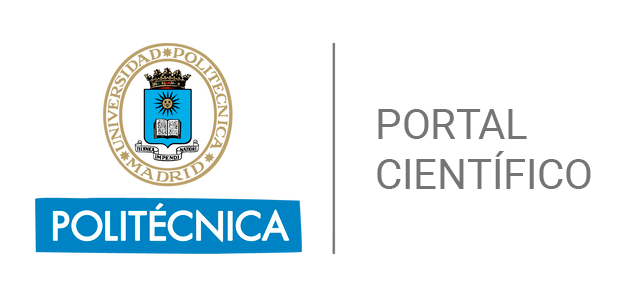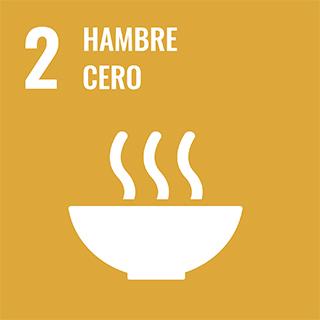
Indexed in
License and use

Impact on the Sustainable Development Goals (SDGs)

Analysis of institutional authors
Sacristán SAuthorPlant Pathogenic Microorganisms: State-of-the-Art Research in Spain
Publicated to:Microorganisms. 11 (3): 816-816 - 2023-03-01 11(3), DOI: 10.3390/microorganisms11030816
Authors: Fiallo-Olive, Elvira; Palacio-Bielsa, Ana; Sacristan, Soledad
Affiliations
Abstract
Pathogenic microorganisms, including fungi, oomycetes, bacteria, viruses, and viroids, constitute a serious threat to agriculture worldwide [...].
Keywords
Quality index
Bibliometric impact. Analysis of the contribution and dissemination channel
The work has been published in the journal Microorganisms due to its progression and the good impact it has achieved in recent years, according to the agency WoS (JCR), it has become a reference in its field. In the year of publication of the work, 2023, it was in position 49/161, thus managing to position itself as a Q2 (Segundo Cuartil), in the category Microbiology. Notably, the journal is positioned en el Cuartil Q2 para la agencia Scopus (SJR) en la categoría Microbiology (Medical).
Independientemente del impacto esperado determinado por el canal de difusión, es importante destacar el impacto real observado de la propia aportación.
Según las diferentes agencias de indexación, el número de citas acumuladas por esta publicación hasta la fecha 2025-08-03:
- WoS: 1
- Scopus: 2
- Europe PMC: 1
Impact and social visibility
Leadership analysis of institutional authors
There is a significant leadership presence as some of the institution’s authors appear as the first or last signer, detailed as follows: Last Author (SACRISTAN BENAYAS, SOLEDAD).


